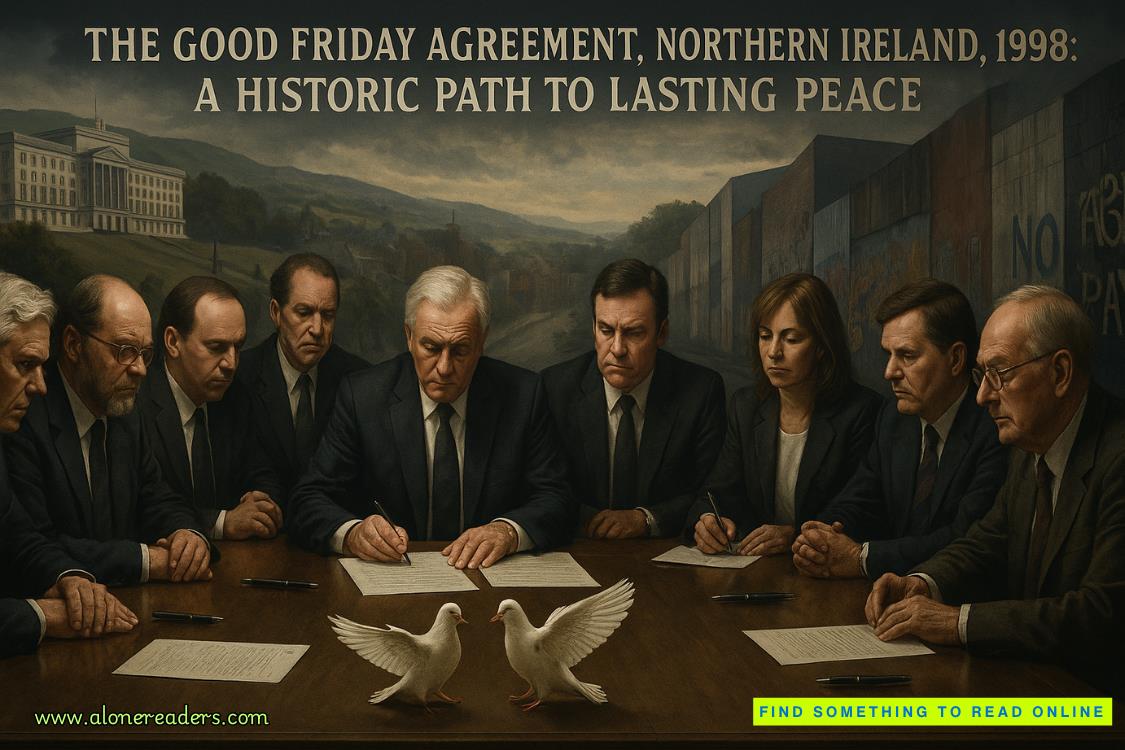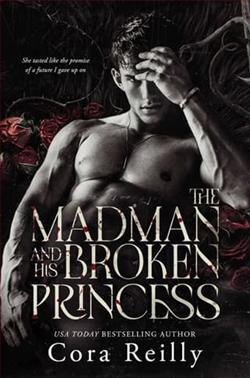Page 19 of Worth the Risk
She’s quiet, her gaze drifting toward Highland’s history photos. “Show me that Declan Pierce the person has more influence than Declan Pierce the CEO.”
Before I can respond, laughter echoes from the main hall.
“Dance practice,” Maya explains, checking her watch. “The teenagers are preparing for the Filipino-American Heritage Festival. Would you like to see?”
I should say no. I have meetings at Pierce Enterprises, investor calls, contracts to review. But the hope in Maya’s expression makes the decision easy.
“I’d like that.”
The main hall is full of teenagers gathered around a laptop, watching traditional Filipino dance demonstrations. Carlo Martinez waves when he sees Maya, then notices me and his expression grows uncertain.
“Carlo, you remember Declan Pierce,” Maya says easily. “He’s here to learn about Highland’s programs.”
“Are you here about the demolition?” Carlo asks directly.
Maya and I exchange glances. “Mr. Pierce and I are working together to explore alternatives,” she says carefully. “We want to find solutions that work for everyone.”
“Does that mean Highland isn’t getting torn down?” A girl who looks about sixteen approaches, hope clear in her voice.
“We’re exploring options,” I tell her. “Nothing’s decided yet.”
It’s honest, and judging from the way the teenagers’ expressions brighten, it’s more hope than they’ve had in months.
“Would you like to learn Tinikling?” Carlo asks. “We could use extra people to hold the poles.”
I look at Maya, who’s fighting back laughter. “Tinik... what?”
“Tinikling. Traditional Filipino dance,” she explains. “Dancers step between bamboo poles that are rhythmically tapped together. It requires coordination, timing, and?—”
“Trust,” Carlo finishes. “You have to trust your partner to keep the rhythm while you focus on the footwork.”
Maya’s smile is knowing. “Perfect metaphor for collaboration.”
Minutes later, I’m standing at one end of two bamboo poles, facing Maya across the space where dancers will leap between our rhythmic tapping. The basic rhythm is deceptively simple—tap the poles on the ground twice, then click them together once, repeat.
“The key is consistency,” Maya calls out. “The dancers are trusting us to maintain the beat.”
We start slowly, and I discover Tinikling requires more concentration than it appears. The rhythm demands focus while watching dancers leap between the poles, trusting them not to miss their steps.
“Good!” Carlo encourages as a younger girl successfully navigates the pattern. “Mr. Pierce, you’re getting it!”
Maya laughs as I nearly miss a beat. “Focus on the rhythm, not the footwork. Trust that the dancers know what they’re doing.”
After twenty minutes, I understand why Carlo called it a collaboration metaphor. Success requires each person to focus on their role while trusting others to handle theirs. It’s also surprisingly fun.
By the time practice ends, I’m laughing with teenagers who an hour ago viewed me as the enemy, and Maya is looking at me with something that might be approval.
“Not bad for your first lesson,” she says as we help put away equipment.
“I may need practice before the festival.”
Maya pauses in coiling extension cords. “You’re planning to attend?”
The question catches me off guard. A week ago, the idea would have been absurd. But standing in Highland’s main hall, having been included in dance practice despite representing a threat to their community, the answer is clear.
“If I’m invited.”
“Of course you’re invited,” she says softly. “But fair warning—our cultural celebrations involve a lot of food, music, and people asking personal questions. Rosa’s been asking about your family background since you started coming around. She wants to know if you’re single, if you have children, and whether you can dance anything besides Tinikling.”















